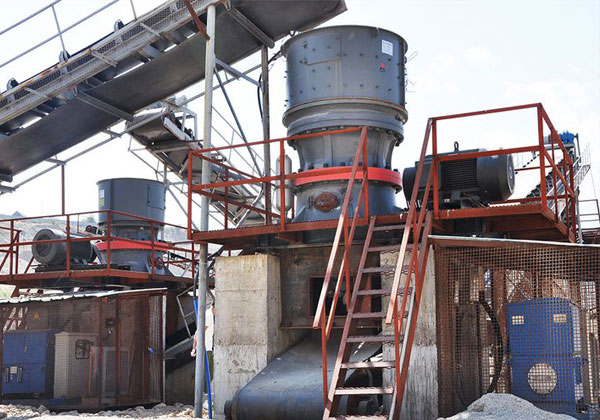Basalt is an extremely hard and abrasive volcanic rock that ranks among the most challenging materials to process in aggregate operations. When selecting crushers for basalt processing, it’s critical to choose equipment that can withstand the material’s high compressive strength (typically 150-300 MPa) while maintaining production efficiency. Here are the most suitable crusher types for basalt processing:
Recommended Crushers for Basalt
- Jaw Crushers (Primary Crushing)
- The first line of defense in basalt processing
- Feature rugged construction to handle the high compressive strength
- Deep crushing chambers allow for maximum material intake
- High reduction ratios effectively reduce large basalt chunks (up to 1200mm) to manageable sizes
- Cone Crushers (Secondary/Tertiary Crushing)
- Particularly the HCS hydraulic cone crusher offers excellent performance
- Fixed main shaft and optimized spherical bearing design provide 5-15% higher efficiency than traditional spring cone crushers
- Capacity increases of 35-60% compared to older models at same cone size
- Efficient for medium-fine crushing stages, producing well-shaped aggregates
- Gyratory Crushers
- Suitable for very large-scale basalt processing operations
- High capacity and excellent reduction characteristics
- Robust construction with high wear resistance for abrasive materials
- Multi-Cylinder Hydraulic Cone Crushers
- Ideal for hard rock applications like basalt
- Superior particle shape compared to impact crushers
- Lower operating costs due to less wear from the material’s abrasiveness

Impact Crusher Considerations for Basalt
While impact crushers can process basalt, they are generally less suitable than jaw and cone crushers due to:
- Higher wear rates from the basalt’s abrasiveness
- Limited capacity with very hard materials
- Potentially lower product quality in terms of particle shape
However, impact crushers may be considered when:
- Processing somewhat weathered basalt with lower abrasiveness
- A more cubicle product shape is required for specific applications
- As tertiary crushers in combination with jaw and cone primary/secondary stages
Key Selection Factors
When choosing basalt crushers, consider:
- Material characteristics: Compressive strength, abrasiveness, moisture content
- Production requirements: Desired capacity, product gradation needs
- Economic factors: Initial investment vs. long-term operating costs
- Downstream processes: How the crushed material will be used in subsequent operations
The optimal basalt crushing plant typically combines jaw crushers for primary crushing with cone crushers for secondary and tertiary stages, sometimes supplemented with vertical shaft impact crushers (VSIs) for final shaping when necessary.
For basalt processing operations, prioritizing durable, high-efficiency crushing equipment will result in lower long-term operating costs and more consistent product quality.

